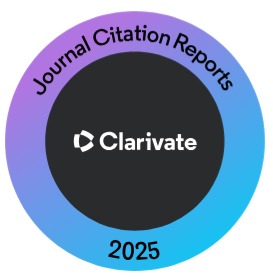Frequency of Dyslipidemia in Patients with Lichen Planus: A Comparative Cross-Sectional Study
Abstract
Objective: To determine the relationship between lichen planus (LP) and dyslipidemia.
Methodology: It was a comparative cross-sectional study conducted at the department of dermatology, Liaquat University of Medical & Health Sciences, Hyderabad, from October 2016 to April 2017. The study included both genders aged 20 to 50, including all patients with cutaneous lichen planus of more than one month. Each patient's blood sample (after 8 hours of fasting) was collected and sent to the LUMHS diagnostic and research laboratory for lipid profile (elevated total cholesterol higher than 200mg/dL and elevated LDL-C higher than 130mg/dL in LP patients). Where a consultant pathologist prepared each report (at least three years of post-fellowship experience), and the presence or absence of dyslipidemia was noted. All of these data were recorded on a specially designed pro forma.
Results: Mean age was 31.23±7.27 years. Out of 100 patients, 51 (51.0%) were male and 49 (49.0%) were females with a ratio of 1:1 between males and females. dyslipidemia in A-group was seen in 35 (70.0%) patients while in B-group was seen in 18 (36.0%) patients (p-value = 0.001 and odds ratio = 4.1481).
Conclusion: This study concluded that the frequency of dyslipidemia is higher in lichen planus patients compared to healthy individuals.
Keywords: Lichen Planus, Cholesterol, Dyslipidemia, Dermatology
Downloads
Published
How to Cite
Issue
Section
License
Copyright (c) 2022 Journal of Liaquat University of Medical & Health Sciences

This work is licensed under a Creative Commons Attribution-NonCommercial-ShareAlike 4.0 International License.
Submission of a manuscript to the journal implies that all authors have read and agreed to the content of the undertaking form or the Terms and Conditions.
When an article is accepted for publication, the author(s) retain the copyright and are required to grant the publisher the right of first publication and other non-exclusive publishing rights to JLUMHS.
Articles published in the Journal of Liaquat University of Medical & health sciences are open access articles under a Creative Commons Attribution-Noncommercial - Share Alike 4.0 License. This license permits use, distribution and reproduction in any medium; provided the original work is properly cited and initial publication in this journal. This is in accordance with the BOAI definition of open access. In addition to that users are allowed to remix, tweak and build upon the work non-commercially as long as appropriate credit is given and the new creations are licensed under the identical terms. Or, in certain cases it can be stated that all articles and content there in are published under creative commons license unless stated otherwise.























